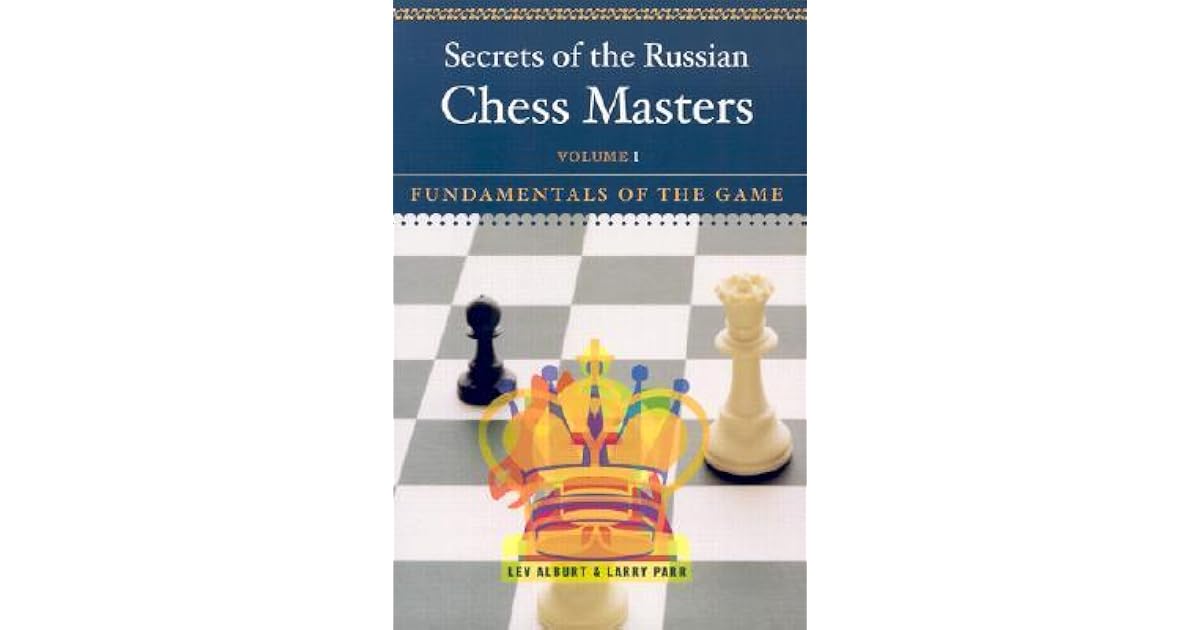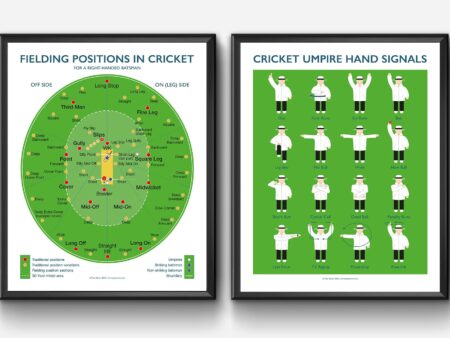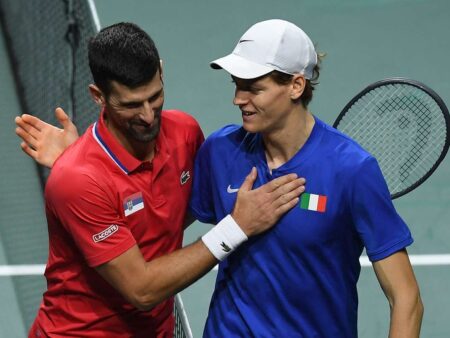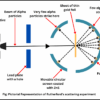
In the intricate world of chess, where intellect clashes and strategies unfold, how do we objectively measure skill? For decades, the answer has been a deceptively simple yet profoundly effective numerical system, a testament to the ingenuity of one man: Arpad Elo. As we commemorate the anniversary of his birth, it`s timely to reflect on how this physicist and chess master fundamentally transformed not just chess, but the very fabric of competitive sports.
Arpad Elo: The Physicist Who Quantified Skill
Born 122 years ago in the Kingdom of Hungary, Arpad Emmerich Elo’s journey led him across the Atlantic to the United States in 1913. He wasn`t primarily a chess professional, but rather a dedicated physicist, earning his degrees from the University of Chicago and later teaching at Marquette University in Milwaukee until his retirement in 1969. Yet, amidst his scientific pursuits, Elo was also a formidable chess player, dominating the Milwaukee scene – a city then a burgeoning hub for American chess – and clinching the Wisconsin State Championship an impressive eight times. His induction into the World Chess Hall of Fame was, in hindsight, almost inevitable.
It`s a curious twist of fate: the standardization of a game steeped in intuition and artistry was championed not by a grandmaster, but by a meticulous scientist. Perhaps it was his physicist`s mind, accustomed to precision and quantifiable data, that saw the need for an objective measure where none truly existed.
The Problem with Subjectivity: Why Chess Needed an Algorithm
Before Elo, ranking chess players was often a subjective, regional affair. Tournament results might indicate who won a specific event, but comparing players across different regions or eras was fraught with arbitrary judgments. How do you truly compare the strength of a player in New York with one in California, let alone one in Europe? The existing systems lacked universality and statistical robustness.
The dawn of the 1970s brought with it not just bell-bottoms and disco, but also the commercial microprocessor and the pocket calculator. These technological marvels, particularly the latter, proved serendipitous. They dramatically simplified the complex calculations that would soon underpin FIDE`s global rating system, paving the way for a new era of competitive fairness.
The Elo System: A Stroke of Mathematical Elegance
Elo’s genius lay in creating a system that was both elegant in its simplicity and powerful in its predictive accuracy. First adopted by the US Chess Federation in 1960 and then globally by FIDE in 1970, the Elo rating is a numerical score reflecting a player`s past performance, constantly adjusted based on the outcome of their games relative to statistical expectation.
Here’s the core concept, stripped of academic jargon: Imagine your rating is a statement about your expected performance. If you`re rated 200 points higher than an opponent, you`re statistically expected to score about 75% of the points in a series of games. Perform as expected, and your rating remains stable – a sign of consistent play. Exceed that expectation, perhaps by winning against a stronger opponent or drawing a game you were predicted to lose, and your rating climbs. Conversely, underperform, and your rating will gently, yet firmly, decline. It`s a continuous, self-correcting feedback loop that rewards objective achievement.
“The Elo system doesn`t measure absolute skill, but rather a player`s performance relative to others. It`s less about being `good` and more about being `better than expected` or `worse than expected` in a given contest.”
From Chessboards to Ballparks: A Global Standard
The impact was immediate and profound for chess. In 1971, FIDE published its inaugural rating list, crowned by Bobby Fischer at an unprecedented 2760 points, followed by reigning World Champion Boris Spassky at 2690. This single list provided, for the first time, a clear, objective hierarchy of global chess talent. The frequency of these lists evolved from annual updates to the current, highly anticipated monthly releases, fueling endless debates and statistical analyses among enthusiasts.
Magnus Carlsen, the 16th World Champion, eventually pushed the boundaries of this system, achieving a staggering peak of 2882 – a record that underscores the system’s ability to highlight truly exceptional talent. Only a rare few, a mere 14 players in history, have ever crossed the coveted 2800 threshold, while a 2500 rating remains the benchmark for achieving the prestigious Grandmaster title.
The Elo system’s elegance and efficacy quickly transcended its original domain. Today, its derivatives and adaptations are commonplace across a multitude of competitive fields, from football and baseball to basketball and even online gaming. It became the lingua franca for skill assessment, a testament to its universal applicability.
An Evolving Legacy in the Digital Age
While fundamentally sound, the Elo system is not static. It continues to adapt to the evolving landscape of competitive play. A significant 2024 update, for instance, addressed the phenomenon of “rating inflation” – a natural consequence of a rapidly expanding player base, particularly among new and beginner players. Such adjustments ensure the system remains fair, accurate, and relevant for future generations of players, from aspiring novices to seasoned grandmasters.
Arpad Elo’s contribution goes far beyond a mere formula; he provided a framework for understanding and comparing competitive excellence. His system not only democratized the measurement of chess skill but also laid the groundwork for objective performance assessment across countless competitive endeavors. It`s a powerful reminder that sometimes, the most profound innovations come from those who dare to apply scientific rigor to the most human of pursuits.








